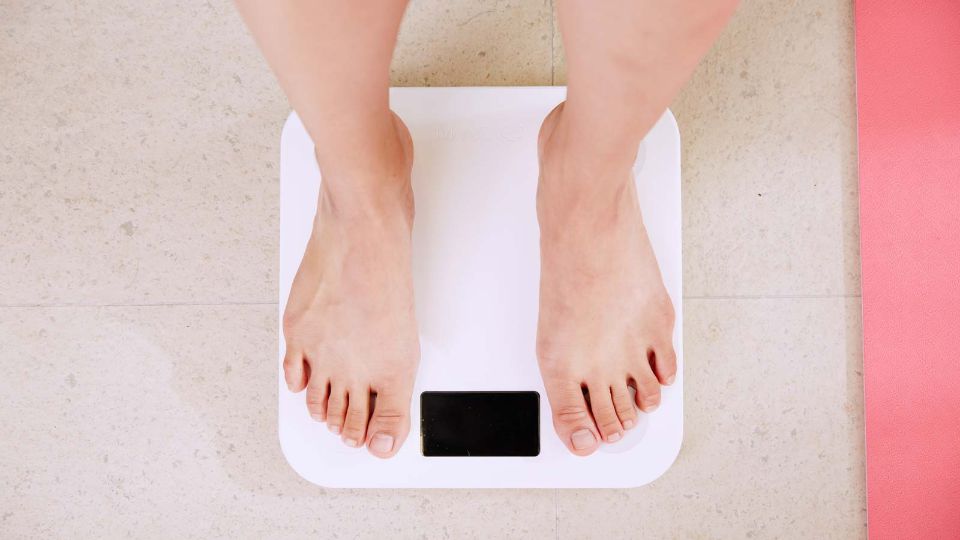
The Art Of Lighter Running
Did you take up running hoping to shed a few pounds? Feeling fitter and better toned but your weight hasn't shifted? We have an answer to that. Find out more about the art of lighter running
When we look at the facts, the answer to why runners find it a challenge to lose weight becomes clear. It is about the balance between the calories you take in and the calories you expend through your metabolic rate and activity. An 11 stone man uses about 100 calories per mile (women burn less and heavier people burn more). Therefore, if you run 20 miles per week, you would burn up 2000 extra calories. To lose 1 pound of fat in a week, you need to either use up 3500 calories extra (approximately 35 miles of running) or reduce your calorie intake by that amount.
Doing it just with exercise

It can be seen from the above example, that assuming your weight is stable, you could continue eating and drinking as usual and run an extra 35 miles a week to lose 1 pound a week.
However, after a few weeks of using up more energy, our appetite increases which can result in a 30% increase in calorie intake, if we eat to hunger. This usually means that an energy deficit is created but it is something to stay aware of, if trying to lose weight through exercise alone.
The common trap that many people fall into is to think that because they run, that they can eat what they like. When we are only talking about an extra 300 calories for a three mile run, there is limited scope to overindulge, without gaining or at least not losing weight (and it certainly does not extend to a take-a-away).
However, as we become fitter and gain more lean muscle tissue, we start to burn more calories at rest (especially if you do resistance training). This means that we can get away with eating slightly more than our equivalent sedentary person. Furthermore, our metabolic rate is also increased for hours after we finish exercising, meaning that we use up more than the 300 calories that the three mile run has required.
Helping it along with dietary changes
It is much easier to cut a few hundred calories out of your daily diet and run a few extra miles, than focussing on diet or exercise alone.
Cut the calories
Reducing our daily intake by 500 calories, would amount to a weekly 3500 calorie deficit. For a beginner or those unable to increase their mileage further, it can be easier to do it via diet, while maintaining their training load. Check out our table for some examples of where you can cut those calories.
Keep a food diary
If we write down what we eat, at the time of choosing it, we eat less. It makes us conscious of our food choices and limits the 'eating on the go' scenario where extra calories creep in.
Become aware of hunger and your energy levels
Assess how hungry you are before you eat. Never let yourself get so hungry that you end up eating more, but try not to eat just because the clock tells you to. Likewise, consider whether you have enough energy for your training. If you are struggling, make sure you are having sufficient carbohydrate (your body's preferred fuel source). A few handfuls every few hours is enough for more people.
Watch your portion sizes
Try using a smaller plate or consciously serving yourself less. If, after an hour or so, you are still hungry, you will know that you needed your usual amount. It is often the case, however, that we are satisfied with less than we think.
Plan ahead
Your food diary will highlight situations where you are tempted to over-indulge. Try planning things to do in these situations such as going for a walk or speaking to a friend. It can take time to break habits but after a few weeks, it will feel more like second nature.
Monitoring your progress
As we become fitter we gain muscle mass which, as it is heavier than fat, can mean that the scales do not reflect the change in your appearance or the looseness of your clothes.If you have been getting frustrated at the scales, it may be more productive to use a measuring tape or assess the way your clothes feel as a guide to your progress.





